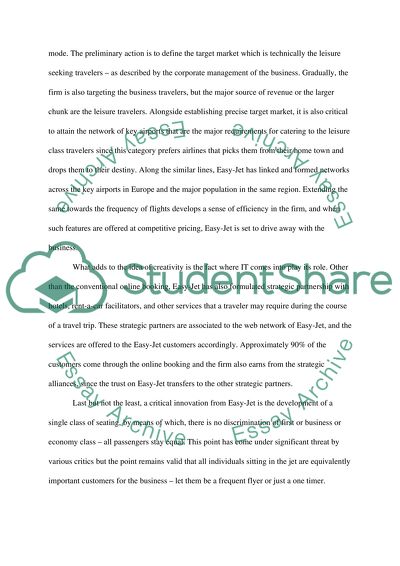Cite this document
(Marketing Analysis of Easy Jet Airlines Assignment, n.d.)
Marketing Analysis of Easy Jet Airlines Assignment. Retrieved from https://studentshare.org/marketing/1569965-easyjet
Marketing Analysis of Easy Jet Airlines Assignment. Retrieved from https://studentshare.org/marketing/1569965-easyjet
(Marketing Analysis of Easy Jet Airlines Assignment)
Marketing Analysis of Easy Jet Airlines Assignment. https://studentshare.org/marketing/1569965-easyjet.
Marketing Analysis of Easy Jet Airlines Assignment. https://studentshare.org/marketing/1569965-easyjet.
“Marketing Analysis of Easy Jet Airlines Assignment”, n.d. https://studentshare.org/marketing/1569965-easyjet.


